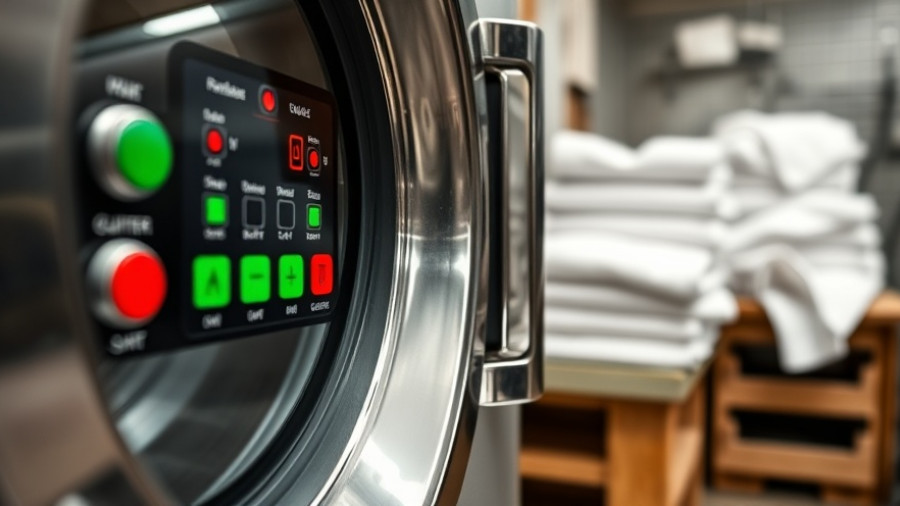
Understanding Equipment Financing Basics
Considered a crucial aspect of growth for numerous small businesses, equipment financing empowers entrepreneurs to obtain machinery, technology, vehicles, or tools essential for their operations. Rather than making a substantial upfront payment that could deplete vital cash reserves, business owners can leverage financing to spread these costs over manageable monthly payments. This is particularly beneficial in industries such as construction, healthcare, and logistics where access to reliable equipment can directly influence success.
What Does Equipment Financing Entail?
Equipment financing is primarily categorized into two types: equipment loans and leases. Equipment loans involve complete ownership of the asset once payments are made, whereas leasing allows businesses to utilize equipment for a pre-defined period with an option to purchase later. This flexibility in financing options coupled with the potential for few upfront costs (usually 80% to 100% of the equipment’s value) makes it an attractive solution for varied business types.
Key Advantages of Equipment Financing
Many small business owners may find that equipment financing offers distinctive benefits:
- Preservation of Working Capital: By financing equipment rather than purchasing it immediately, businesses can keep their cash flow intact, allowing more resources for payroll, inventory, and promotional activities.
- Access to Up-to-Date Technology: Businesses can invest in the latest equipment and adapt quickly to changes in the market, helping them maintain a competitive edge.
- Predictable Budgeting: Regular fixed payments assist business owners in better cash flow management, reducing financial strain.
- Potential Tax Benefits: Certain financed equipment can qualify for deductions, enhancing overall tax efficiency.
Getting Started with Equipment Financing
When considering equipment financing, prospective borrowers should be prepared for an application process that typically requires basic company information along with some financial history. Lenders usually prioritize the equipment as collateral, thus making the financing more accessible for a range of credit profiles. With rapid approval timelines—often within 24-48 hours—businesses can act swiftly when the need for new equipment arises.
Actionable Insights for Business Owners
Exploring equipment financing can be an essential growth strategy for any small business. By avoiding significant cash depletion, you can strategically position your business for expansion and scalability. Whether you’re a solopreneur refining your business plan or a seasoned business owner looking to optimize assets, understanding your options is crucial. Seek advice from a financial consultant to navigate the specifics of equipment financing within your overall tax strategy or growth mindset.
 Add Row
Add Row  Add
Add 




Write A Comment